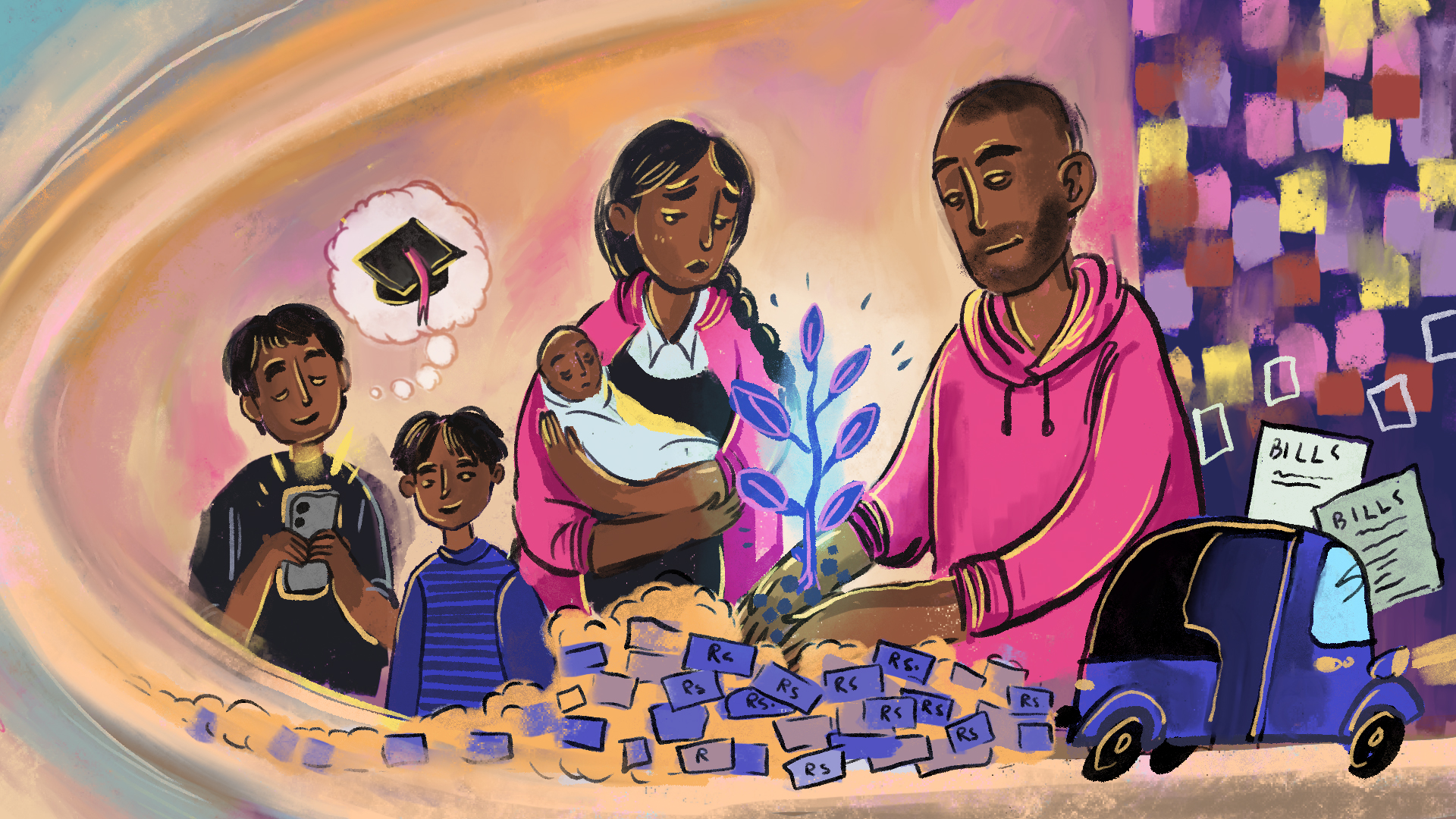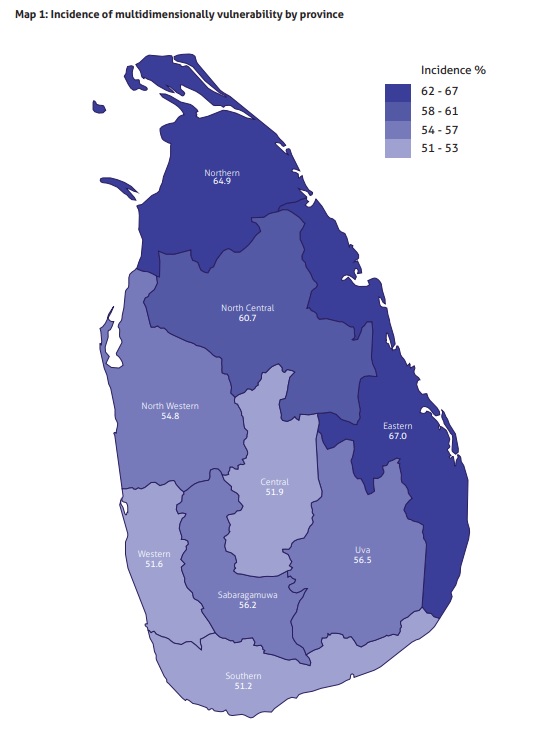
The UNDP in Sri Lanka released its Multidimensional Vulnerability Index (MVI) in Sri Lanka which shows a large percentage of individuals in North-East live below the poverty line and have several vulnerabilities, with some of the districts being the worst affected on the whole island.
Overall, the Northern and Eastern Provinces had the highest incidence of multidimensional vulnerability by province, according to data gathered by the UNDP.
By district, Mullaitivu was the worst affected. According to the report, “in the districts of Mullaitivu and Kilinochchi, the predominant concern is not household debt, but rather the availability of a reliable water source”.
In Jaffna, 42% of households reported a reduction in their income as of October 2022. In addition, 81.4% of households reported that at least one member was receiving some form of social protection.
The situation was even more dire in Kilinochchi, where 47% of households reported a reduction in their income and Mullaitivu where 67% of households were insecure as they too had seen a reduction in incomes since October 2022.
In Mannar, 54% of households surveyed had seen a sharp reduction in incomes since October 2022. And an individual even after doing two jobs would take home a salary of nearly 30,000.
In Vavuniya, 42.4% of respondents reported being in debt. Of these, 36.4% reported indebtedness to banks, while 19.8% indicated that they were indebted to finance companies. 68% of them had seen reductions in incomes since October 2022.
The full report can be found here and District Profiles here.

The report comes as the North-East continues to suffer a military occupation and the effects of an island wide economic crisis.
The World Bank estimates that nearly 500,000 people have lost their jobs due to the economic crisis. Those already classified as poor in Sri Lanka have seen a 65% increase in their cost of living.
Despite this the military continues to occupy vast swathes of Tamil land across the North-East, displacing Tamils. Fourteen of Sri Lanka’s army divisions are based in the Northern province alone. Many of these divisions are accused of committing war crimes in the final stages of the armed conflict and now run military-owned businesses which exacerbate the existing economic problems.
For decades Eelam Tamils have fled Sri Lanka, amidst years of human rights abuses, violence from the security forces and impunity for crimes. However, the economic crisis has now added to the burden.
We need your support
Sri Lanka is one of the most dangerous places in the world to be a journalist. Tamil journalists are particularly at threat, with at least 41 media workers known to have been killed by the Sri Lankan state or its paramilitaries during and after the armed conflict.
Despite the risks, our team on the ground remain committed to providing detailed and accurate reporting of developments in the Tamil homeland, across the island and around the world, as well as providing expert analysis and insight from the Tamil point of view
We need your support in keeping our journalism going. Support our work today.
For more ways to donate visit https://donate.tamilguardian.com.

